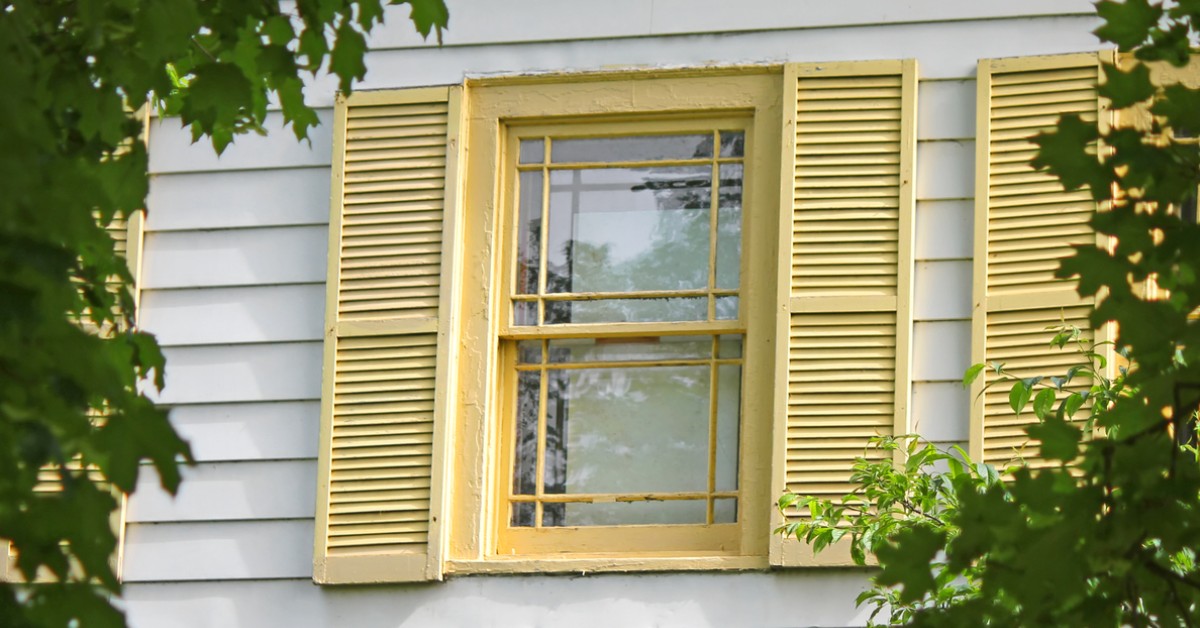

Articles
How Much Does It Cost To Siding A House
Modified: January 8, 2024
Looking for articles on the cost of siding a house? Discover all the information you need, including factors affecting the price, in our comprehensive guide.
(Many of the links in this article redirect to a specific reviewed product. Your purchase of these products through affiliate links helps to generate commission for Storables.com, at no extra cost. Learn more)
Introduction
When it comes to enhancing the appearance and protection of your home, siding installation is a crucial consideration. Quality siding not only adds curb appeal but also helps shield your house from the elements. Whether you’re building a new home or considering an upgrade, understanding the cost of siding a house is essential for proper budgeting.
Siding cost can vary widely depending on several factors, such as the type of material, the size of your home, and the complexity of the installation. In this article, we will explore the various factors that influence the cost of siding a house and provide insight into the average cost of different siding materials. By the end, you’ll have a better understanding of the overall expense involved in siding your home.
Key Takeaways:
- Siding a house involves various factors affecting costs, such as size, material, complexity, and location. Understanding these influences is crucial for accurate budgeting and informed decision-making.
- The total cost of siding a house includes material, labor, and additional expenses. Proper planning, research, and consultation with professionals are essential for achieving a beautiful and durable exterior within budget.
Factors Affecting the Cost of Siding a House
The cost of siding a house can be influenced by several factors, each of which plays a role in determining the final expense. Understanding these factors will help you make informed decisions during the planning and installation process. Here are the key factors that can affect the cost of siding a house:
- Size of the House: The size of your house is a significant determinant of the overall cost of siding. A larger house will require more materials and labor, resulting in higher expenses.
- Type of Siding Material: The choice of siding material is a crucial consideration. Different materials come with different price points, durability, and maintenance requirements. Vinyl siding is generally more affordable, while natural wood or fiber cement siding can be more expensive.
- Additional Preparatory Work: The condition of your house’s exterior and any necessary preparatory work can impact the cost of siding. For instance, if there are existing layers of old siding that need to be removed, it will add to the labor and cost.
- Complexity of Installation: The architectural complexity of your house, such as the presence of multiple stories, angles, and corners, can affect the labor cost. If additional time and expertise are required for the installation due to the complexity, it will contribute to the overall expenses.
- Location: The geographic location of your home can also affect the cost of siding. Different regions have varying material costs and labor rates, so it’s important to consider the local market prices when budgeting for the siding project.
- Additional Features: The inclusion of additional features, such as trim work, decorative accents, or insulation, can impact the overall cost. These extras not only enhance the aesthetic appeal but also provide functional benefits.
By taking these factors into account, you can get a better estimate of the cost associated with siding your house. It’s important to consult with professionals and obtain multiple quotes to ensure accurate pricing for your specific needs.
Types of Siding Materials
When it comes to selecting the right siding material for your house, you have several options to choose from. Each material has its own unique characteristics, benefits, and price points. Here are some of the most commonly used siding materials:
- Vinyl Siding: Vinyl siding is a popular choice due to its affordability, low maintenance, and versatility. It comes in a wide range of colors and styles, making it easy to find a design that matches your aesthetic preferences. Vinyl siding is durable and resistant to rot, insects, and moisture. It also provides good insulation, helping to lower energy costs.
- Wood Siding: Wood siding offers a timeless, natural look that’s highly desired by many homeowners. It can be made from various types of wood, such as cedar, pine, or redwood. Wood siding is known for its warmth and character, but it does require regular maintenance to protect it from moisture, rot, and pests. It can be more expensive than other materials, but it offers a unique charm that many find worth the investment.
- Fiber Cement Siding: Fiber cement siding is a composite material made of cement, sand, and cellulose fibers. It provides the appearance of wood siding without the high maintenance and susceptibility to rot. Fiber cement siding is durable, fire-resistant, and resistant to pests and weather damage. It comes in various textures and can be painted in any color, offering flexibility in design.
- Aluminum Siding: Aluminum siding is known for its durability and resistance to rust, making it a popular choice in coastal areas or regions with high humidity. It’s lightweight and easy to install, but it may dent or fade over time. Aluminum siding requires minimal maintenance and can be painted if desired.
- Brick Siding: Brick siding provides a classic, elegant look that can enhance the curb appeal of any home. It is highly durable and requires little maintenance. Brick siding offers excellent insulation and is resistant to fire, rot, and insects. However, it tends to be more costly and labor-intensive to install compared to other materials.
These are just a few examples of the many siding materials available in the market. It’s important to evaluate factors such as durability, maintenance requirements, cost, and aesthetic appeal when choosing the right siding material for your specific needs and preferences.
Average Cost of Siding Materials
The cost of siding materials can vary greatly depending on the type of material chosen. Here is a breakdown of the average costs for popular siding materials:
- Vinyl Siding: Vinyl siding is one of the most affordable options, with an average cost ranging from $2 to $7 per square foot. The total cost will depend on factors such as the quality of the vinyl, thickness, style, and any extra features.
- Wood Siding: Wood siding tends to be more expensive, with an average cost ranging from $6 to $12 per square foot. The price can vary based on the type of wood, grade, style, and the region you’re located in.
- Fiber Cement Siding: Fiber cement siding typically has an average cost of $5 to $9 per square foot. The cost may vary depending on the brand, style, finish, and any additional customization options.
- Aluminum Siding: Aluminum siding has an average cost of $4 to $8 per square foot. The price may vary based on the thickness, finish, and any added insulation features.
- Brick Siding: Brick siding is one of the more expensive options, with an average cost ranging from $10 to $15 per square foot. The cost can be influenced by factors such as the type of brick, the complexity of the installation, and any additional features or design elements.
It’s important to note that these are average cost ranges and can vary based on factors such as the quality of materials, geographical location, and any additional customization options. Additionally, the cost may not include installation labor, which will be discussed in the next section.
It’s recommended to consult with siding contractors and obtain multiple quotes to get a more accurate estimate of the costs for your specific project. They can assess your unique requirements and provide a more detailed breakdown of the cost of materials and any additional expenses.
When budgeting for siding a house, consider the size of the house, the type of siding material, and the cost of labor. Get multiple quotes from reputable contractors to compare prices and ensure you are getting a fair deal.
Labor Costs for Siding Installation
While the cost of materials is a significant component of the total expense, it’s important to consider the labor costs for siding installation. Hiring professional siding contractors is crucial to ensure a proper and efficient installation. The labor costs can vary depending on factors such as the complexity of the project, location, and the experience of the contractor.
The average labor cost for siding installation ranges from $1 to $8 per square foot. This cost typically includes the removal of old siding (if necessary), preparing the surface, installing the new siding material, and any necessary finishing touches or trim work. However, it’s important to note that the labor cost can differ significantly based on various factors:
- Project Complexity: The complexity of the siding project can impact the labor cost. A simple and straightforward installation on a single-story home will generally be less expensive compared to a multi-story house with intricate architectural features.
- Geographic Location: Labor rates can vary across different regions. Areas with a higher cost of living or where skilled labor is in high demand may have higher labor costs.
- Contractor Experience: The experience and reputation of the contractor can also affect the labor cost. Highly experienced contractors with a proven track record may charge higher rates due to their expertise and quality of work.
- Additional Services: If additional services, such as removing and disposing of old siding, installing insulation, or repairing the underlying structure, are required, they may incur additional labor costs.
To ensure an accurate estimate, it’s recommended to obtain quotes from multiple reputable siding contractors in your area. They can assess your specific project requirements and provide a detailed breakdown of the labor costs based on your unique circumstances.
Remember that quality installation is crucial for the longevity and performance of your siding. While labor costs can be a significant portion of the overall expenses, investing in skilled and experienced professionals will ensure a seamless and long-lasting installation.
Additional Costs to Consider
When budgeting for siding a house, it’s important to consider additional costs that may arise during the installation process. These costs can vary depending on your specific circumstances and desired outcomes. Here are some additional expenses to factor into your budget:
- Permits and Inspections: Depending on your local regulations, you may need to obtain permits for the siding installation. Permit fees can vary and should be included in your budget. Additionally, some municipalities require inspections during or after the installation, which may come with an additional cost.
- Siding Accessories: Trim pieces, corner posts, fascia, soffits, and other accessories are often needed to complete the siding installation. These additional components add to the overall cost but are essential for a finished look.
- Painting or Finishing: Some siding materials, such as fiber cement or wood, may require painting or staining after installation. If you choose a material that requires finishing, you’ll need to factor in the cost of painting supplies or hiring a professional painter.
- Insulation: While insulation isn’t directly part of the siding installation, it’s a valuable addition that can improve energy efficiency and comfort. If you want to add insulation to your walls before installing the siding, consider the cost of insulation materials and labor.
- Repairs or Replacement: If your house has existing structural damage or rotting, it may need repairs or replacement before the siding installation. Addressing these issues beforehand is essential to ensure a solid foundation for the new siding, but it may incur additional costs.
- Disposal of Old Siding: If you’re replacing existing siding, you’ll need to consider the cost of disposing of the old materials. Some contractors may include this service in their estimate, while others may charge an additional fee for disposal.
Understanding these additional costs and incorporating them into your budget will help you avoid any unexpected financial surprises during the siding installation process. It’s recommended to discuss these potential costs with your chosen siding contractor and inquire about any necessary additional services or expenses.
Total Cost of Siding a House
Calculating the total cost of siding a house involves considering the material costs, labor costs, and any additional expenses. To estimate the overall expense, follow these steps:
- Determine the Square Footage: Measure the exterior walls of your house to determine the square footage that needs to be covered with siding. This will serve as the basis for calculating the materials needed and the labor cost.
- Choose the Siding Material: Based on your preferences, budget, and requirements, select a siding material that suits your needs. Keep in mind that different materials have varying price points.
- Calculate Material Cost: Multiply the square footage of your house by the cost per square foot of your chosen siding material. This will give you an estimate of the material cost for the project.
- Estimate Labor Cost: Obtain quotes from reputable siding contractors in your area to determine the labor cost per square foot. Multiply this cost by the square footage of your house to get an estimate of the labor cost.
- Add Additional Expenses: Consider any additional costs, such as permits, inspections, accessories, finishing, insulation, repairs, or disposal of old siding. Factor in these expenses to get a more accurate estimation of the total cost.
- Calculate the Total Cost: Sum up the material cost, labor cost, and any additional expenses to calculate the total cost of siding your house. This will give you a comprehensive figure for budgeting and planning purposes.
It’s important to note that the total cost can vary depending on factors such as the complexity of the project, the geographic location, and any customization options. It’s recommended to obtain multiple quotes from reputable contractors to get a more accurate estimation for your specific needs.
Investing in quality materials and professional installation is crucial to ensure long-lasting durability and performance. While the cost of siding a house may seem significant, it is a valuable investment that can enhance the appearance, protection, and value of your home for years to come.
Conclusion
Siding a house is a significant investment that can greatly enhance the appearance and protection of your home. By understanding the factors that affect the cost of siding, the various siding materials available, and the additional costs involved, you can make informed decisions and create an accurate budget for your project.
Consider the size of your house, the type of siding material you prefer, the complexity of the installation, and your geographic location when estimating the overall cost. Keep in mind that labor costs, permits, accessories, finishing, insulation, and any necessary repairs or disposal of old siding should also be factored into your budget.
Obtaining multiple quotes from reputable siding contractors in your area is crucial for accurate estimations. They can provide insights into the specific requirements of your project and offer detailed breakdowns of material costs, labor costs, and any additional expenses. Remember that quality installation is essential for the long-term performance and longevity of your siding.
In conclusion, while the cost of siding a house may vary depending on several factors, it is a worthwhile investment that can enhance both the aesthetic appeal and protection of your home. By carefully considering the materials, labor, and additional expenses, you can plan your budget effectively and ensure a successful siding project.
Take the time to research your options, consult with professionals, and make an informed decision that suits your needs, preferences, and budget. With proper planning and attention to detail, you can achieve a beautiful and durable exterior for your house that will stand the test of time.
Frequently Asked Questions about How Much Does It Cost To Siding A House
Was this page helpful?
At Storables.com, we guarantee accurate and reliable information. Our content, validated by Expert Board Contributors, is crafted following stringent Editorial Policies. We're committed to providing you with well-researched, expert-backed insights for all your informational needs.
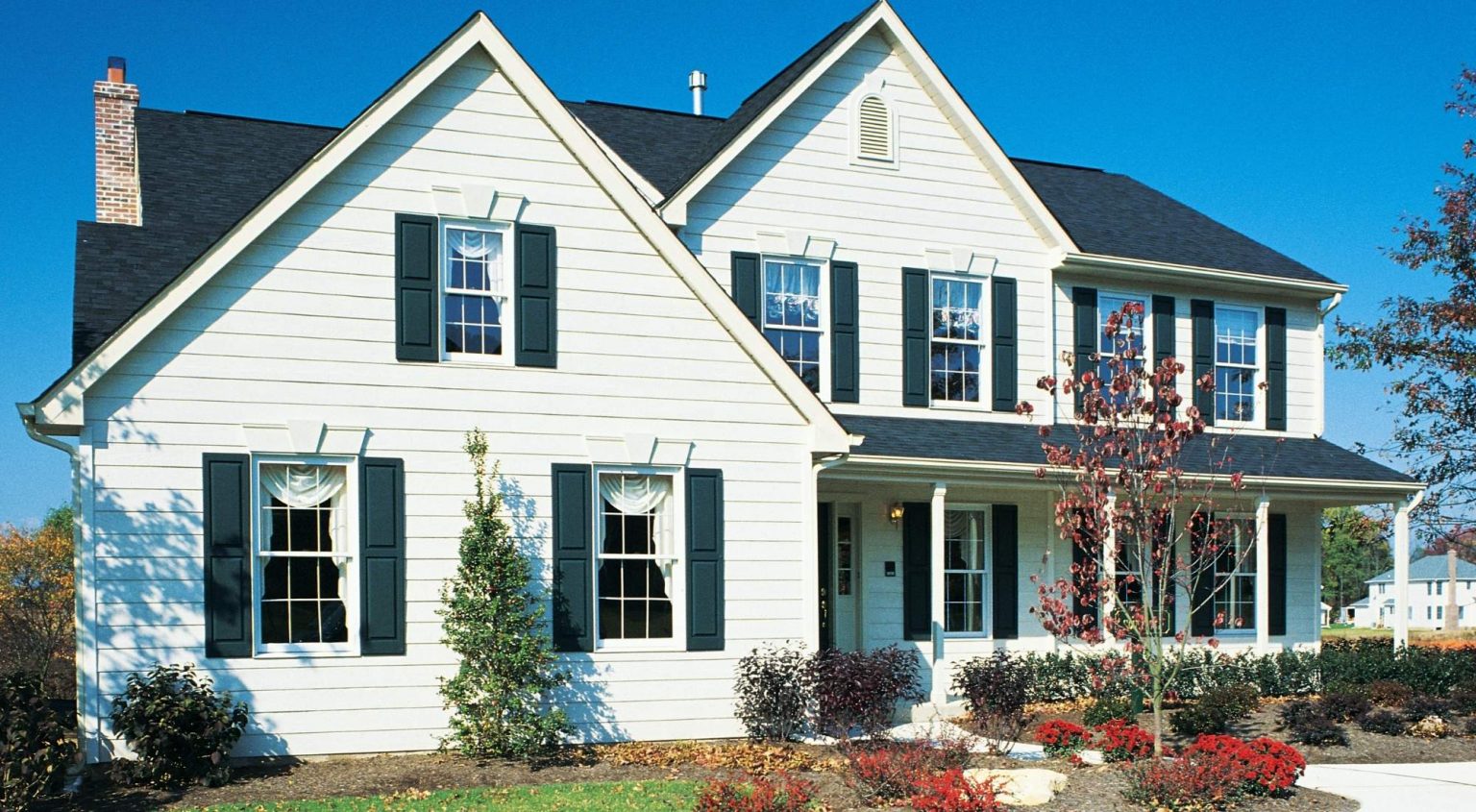
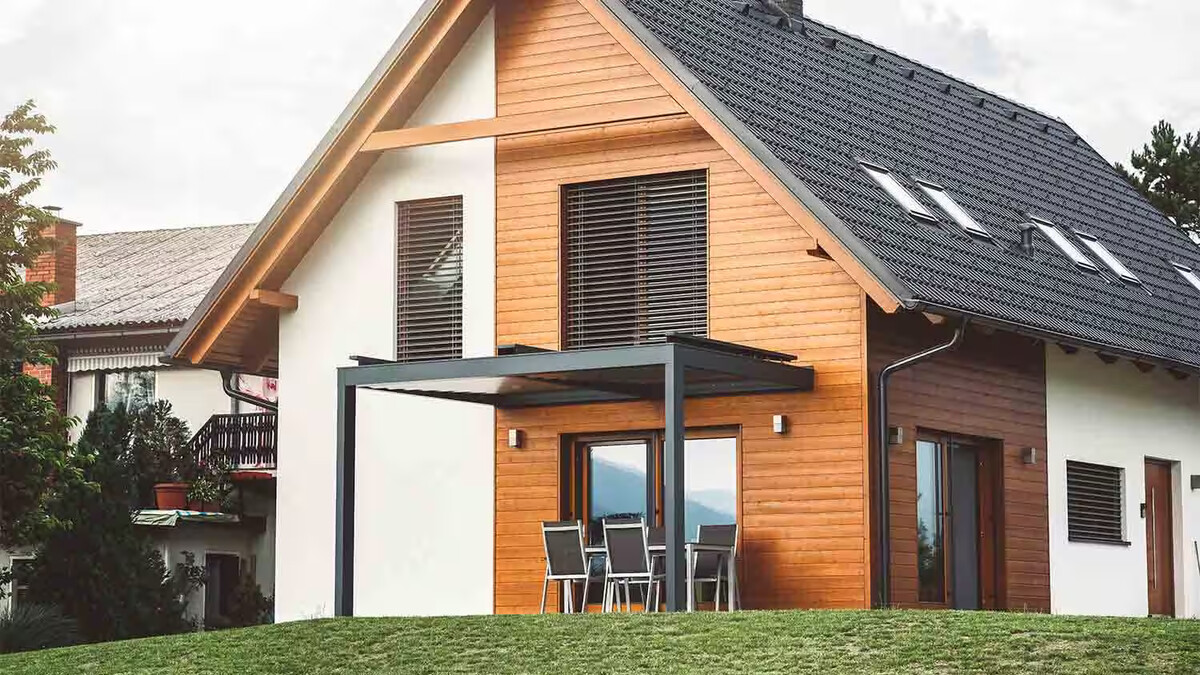
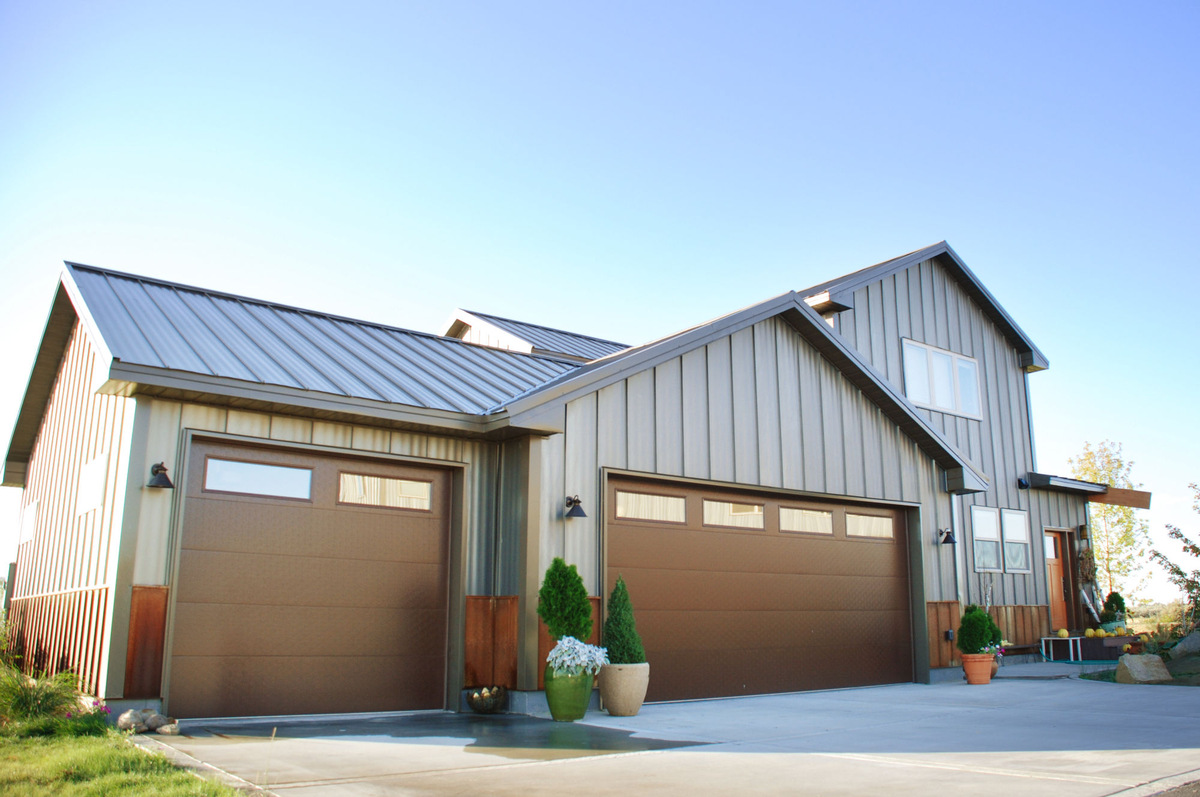

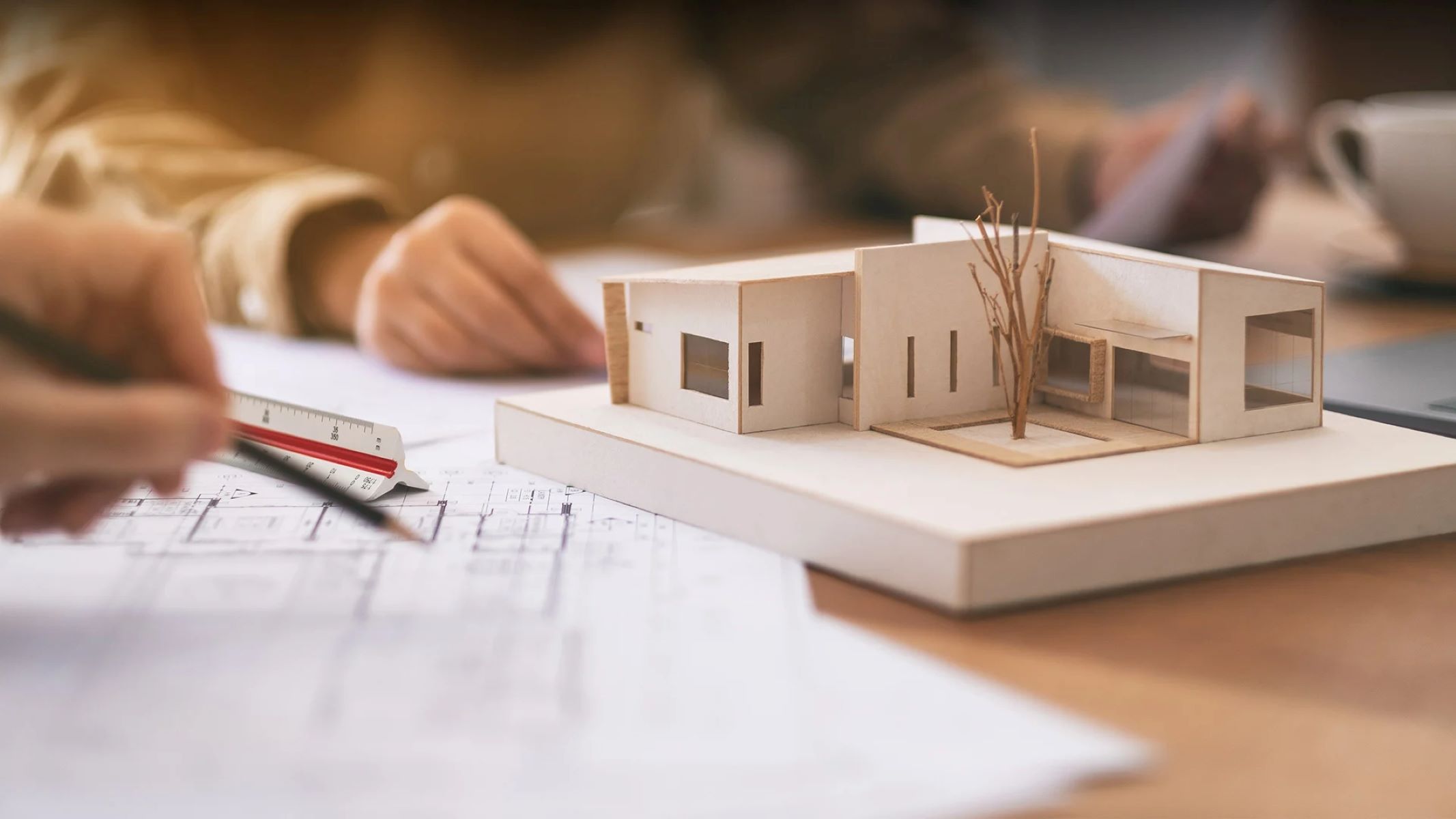

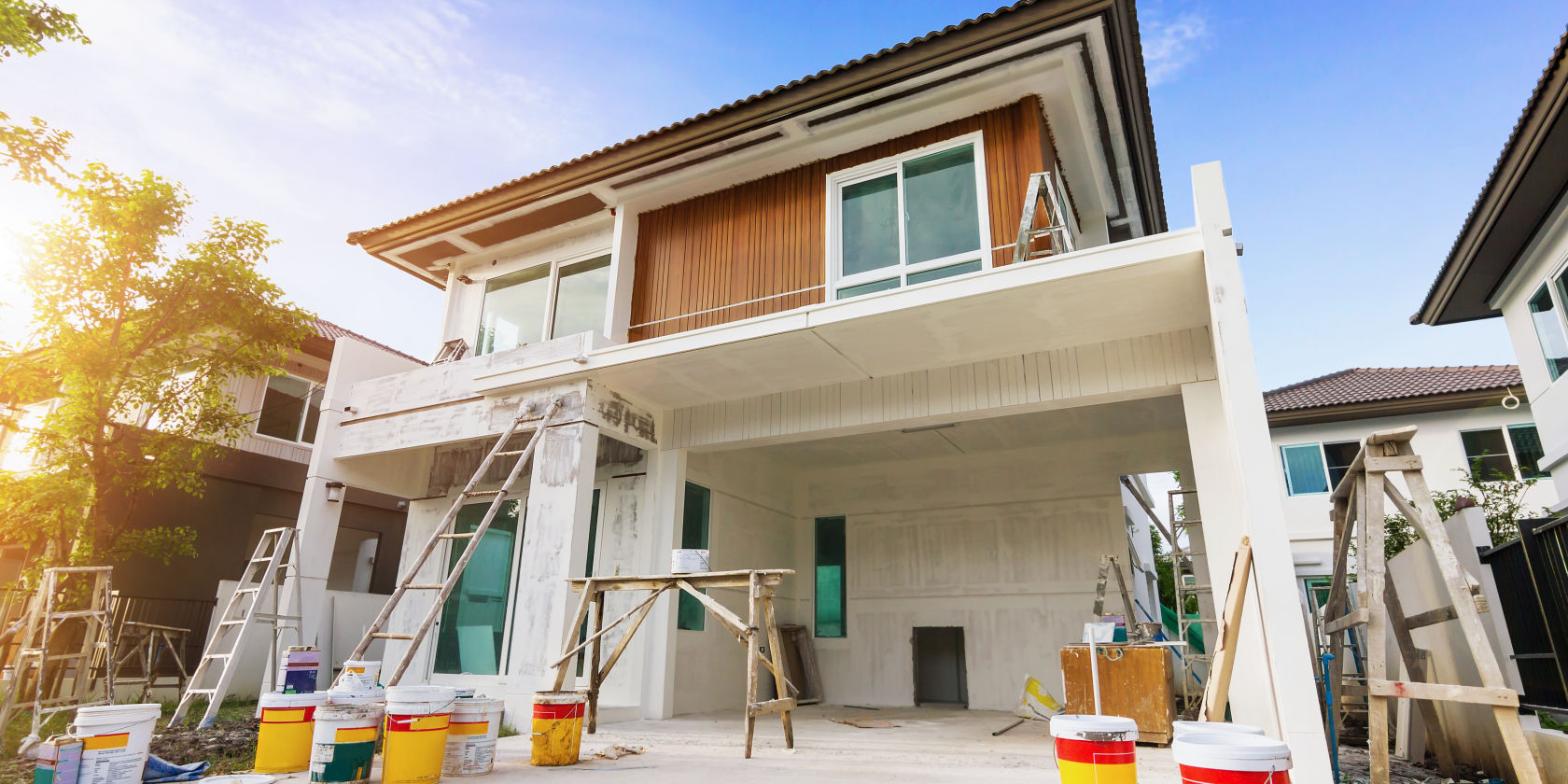
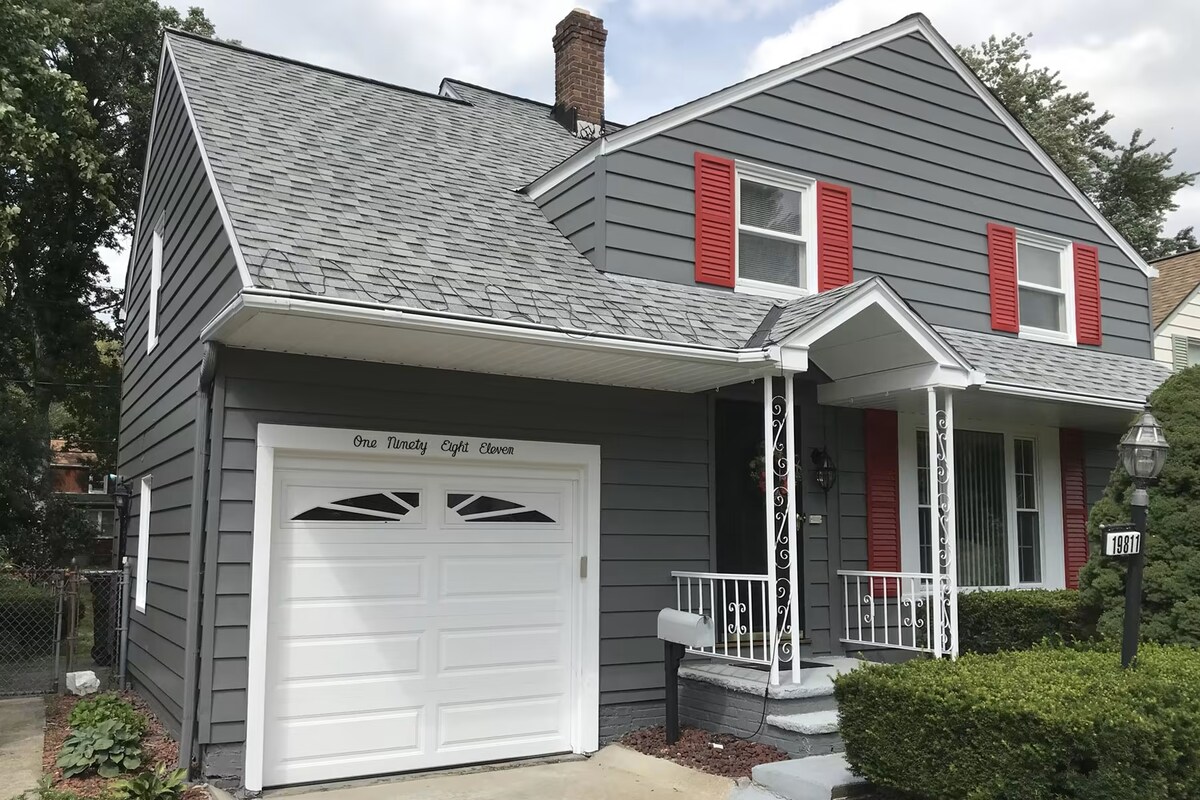
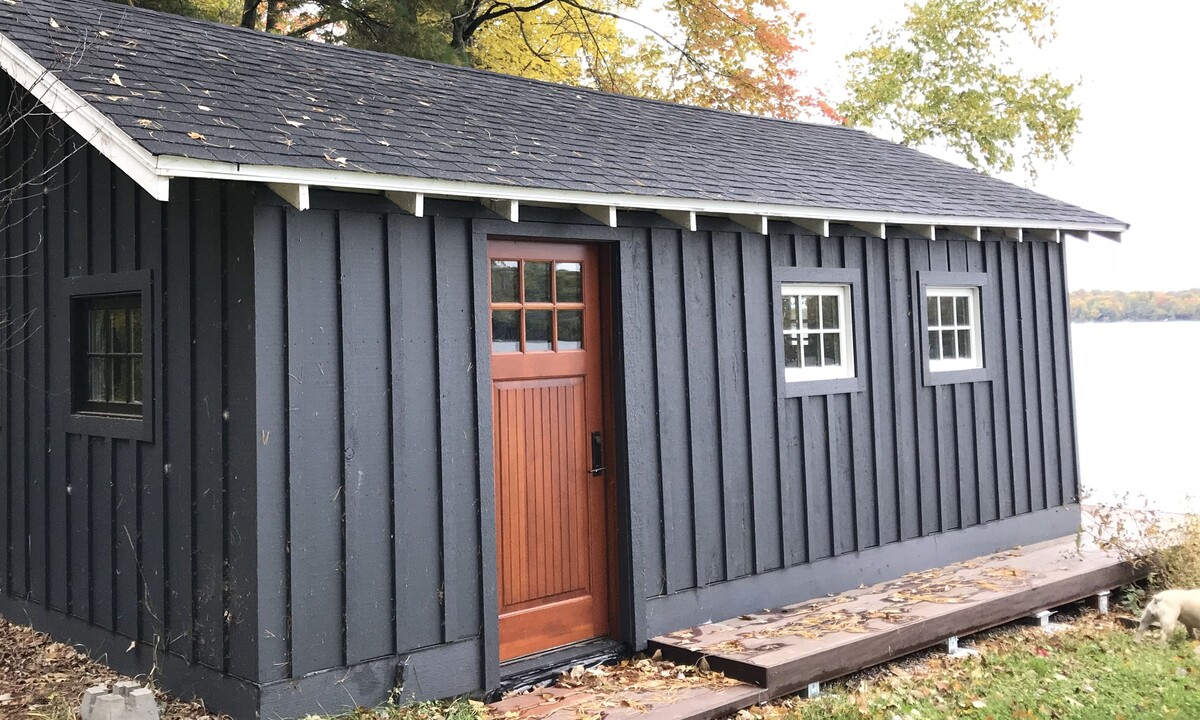
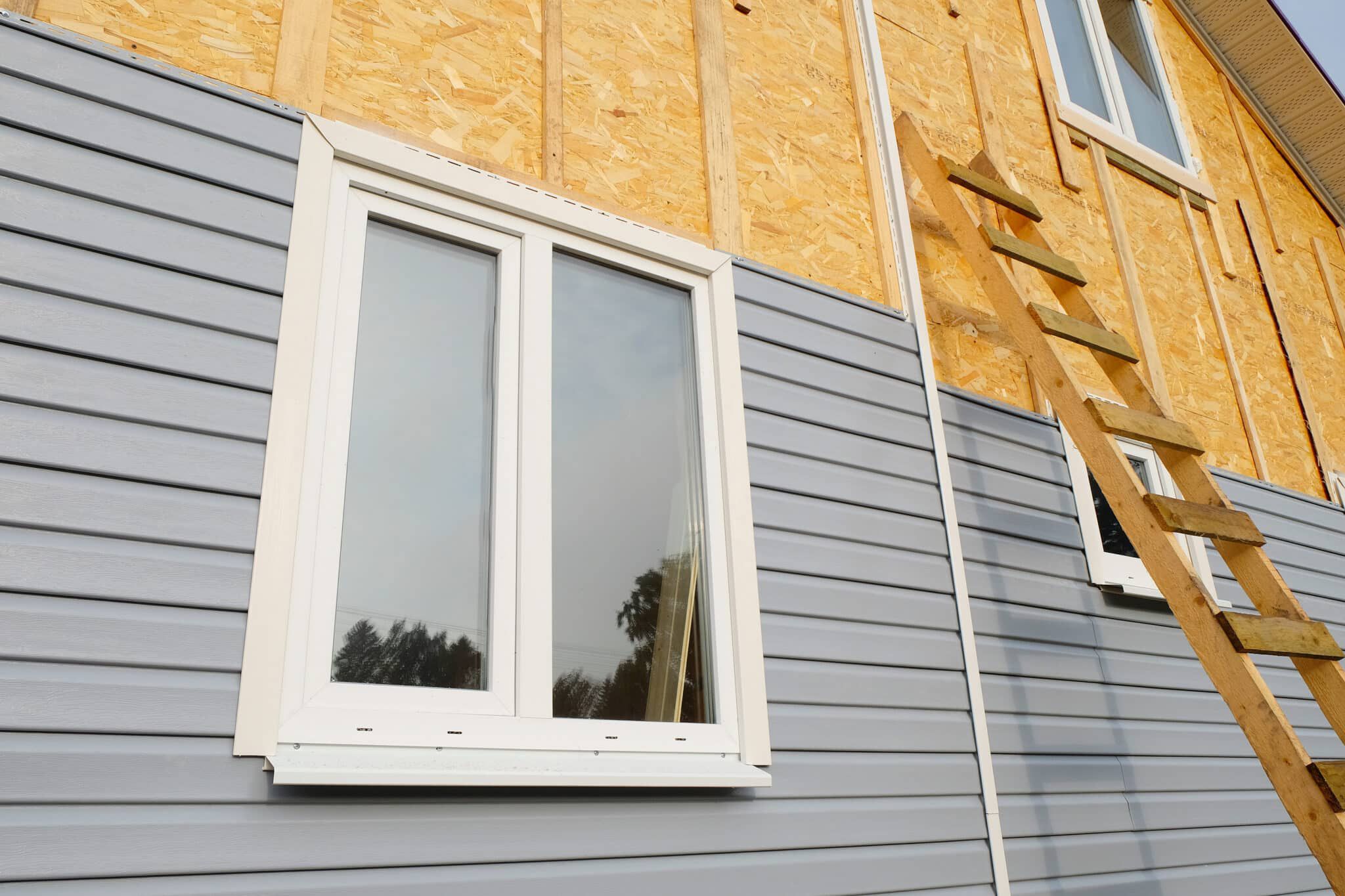
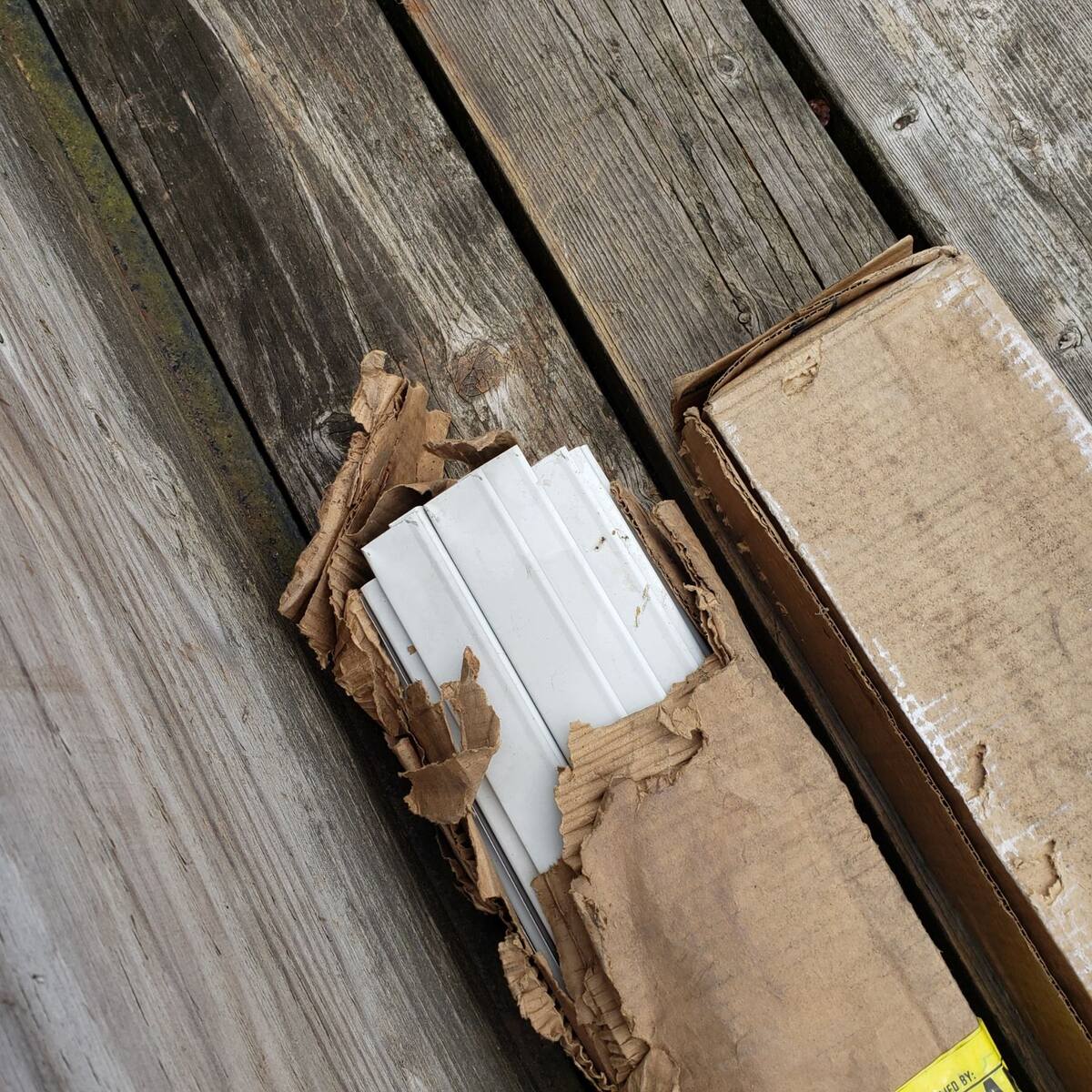
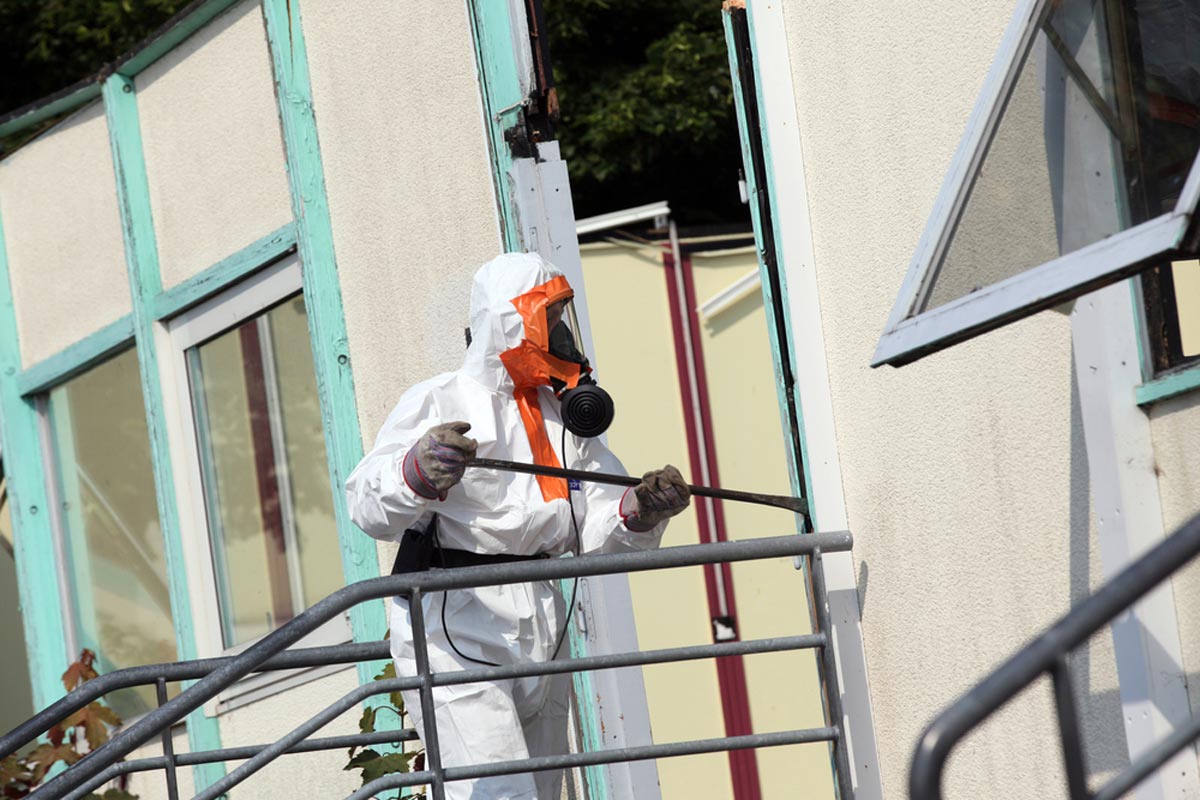
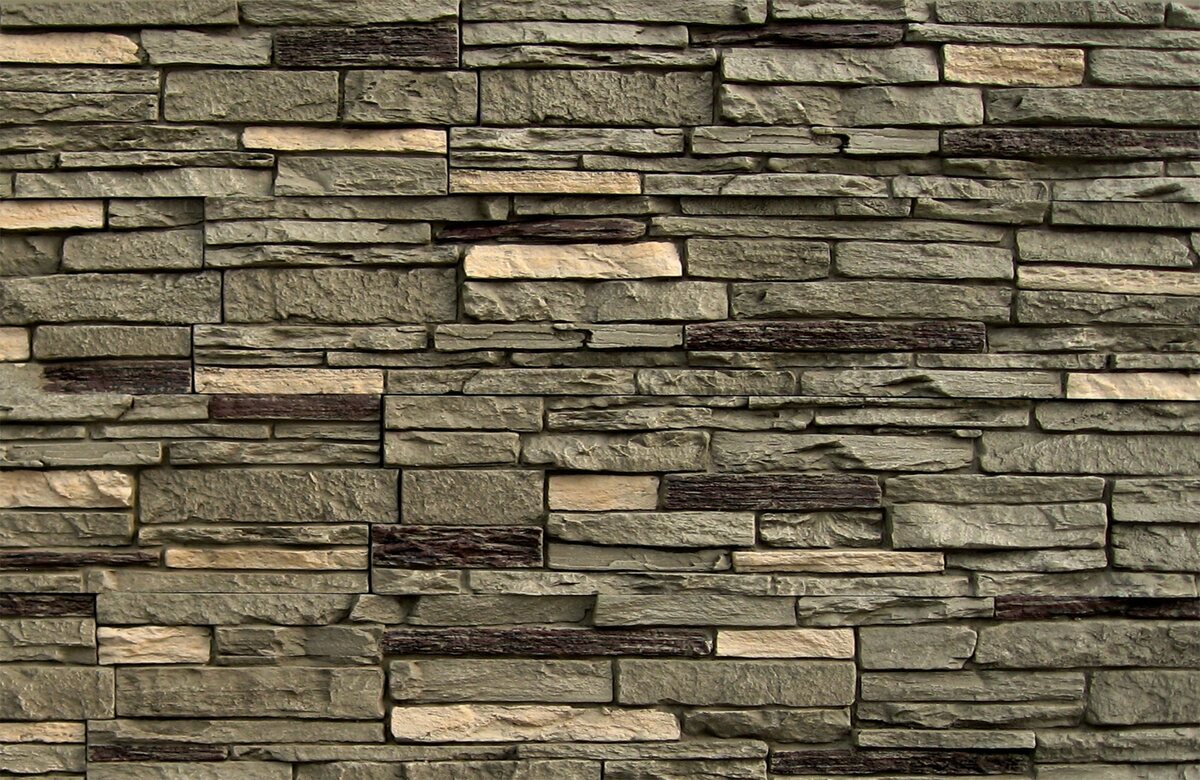
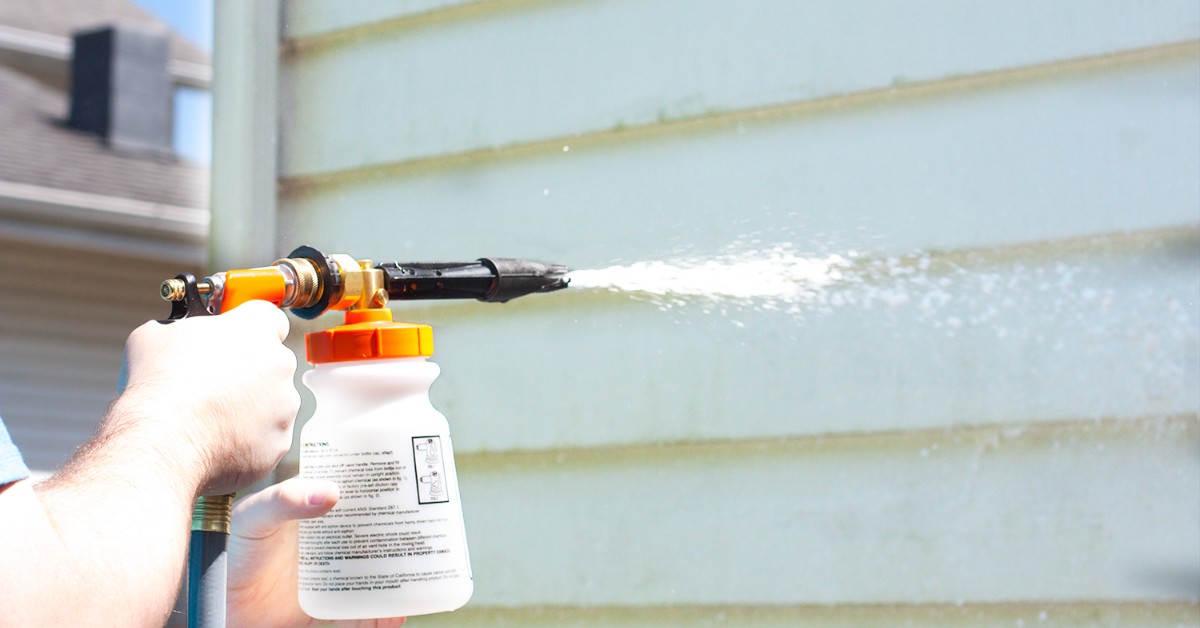

0 thoughts on “How Much Does It Cost To Siding A House”